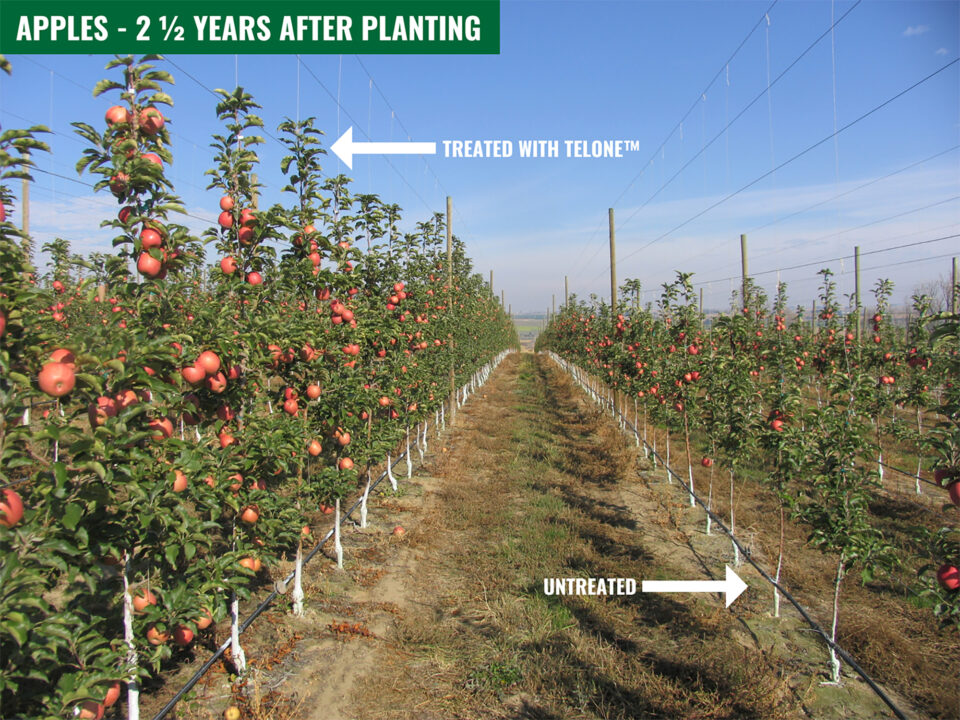Opinion: Save The Bees With A New Brochure
Having written a fair amount about California’s massive almond industry, I’ve come to learn a lot about bees. It’s not possible to understand the almond business without knowing a fair amount about bees, because the industry is relies so heavy on them to pollinate the crop. Indeed, the reliance is so strong, and the industry has become so huge, that many beekeepers have come to rely on their annual trip to California prior to the February bloom for a great deal of their income.
Beekeepers obviously have a keen interest in protecting their little money-makers from such dangers as any pesticides that might be toxic to them. But it goes beyond beekeepers. All of us who enjoy almonds and the many other crops dependent on pollinators should be interested in protecting bees. For that reason, I was pleased to learn of a new publication, “Pollinator Pesticide Stewardship,” that was recently released by the Coalition for Urban/Rural Environmental Stewardship (CURES).
It was also gratifying, after hearing of the concerns about pesticides voiced by beekeepers, to learn that Syngenta Crop Protection, Inc. and Bayer Crop Science have partnered with CURES to publish the six-page brochure. In addition to the brochure, there is also a web posting highlighting the steps that growers, applicators and homeowners can follow to avoid harm to pollinators from pesticide exposure. The publication recommends practicing stewardship throughout the life cycle of every pesticide, from storage to application to disposal. Some of the topics covered include:
• Determining if a pesticide may be toxic to pollinators.
• Understanding pollinator visitation habits.
• Minimizing spray and vapor drift from applications.
Work With Your Beekeeper
One excellent point the brochure drives home is how crucial it is to cooperate and communicate with others. Cooperation and communication among growers, applicators, beekeepers, crop advisors and county officials greatly increase the likelihood of success in protecting pollinators, their hives and habitats from pollinator-toxic pesticide (PTPs), according to CURES Director Parry Klassen. In particular, having listened to the complaints of beekeepers regarding pesticides, I like the brochure’s section on grower and beekeeper cooperation.
Specifically, the brochure notes, growers and beekeepers should work together to:
• Review the cropping system and pest management practices in the area before the beehives are delivered.
• Develop a written agreement outlining the crop timing, period for using the hives and important considerations.
• Clearly define responsibilities for providing supplemental water and food sources and for protecting the hives.
• Place hives away from areas that may be exposed to PTPs during the pollination period.
• Protect water sources from contamination by pesticides.
• Inform neighboring growers and custom applicators operating in the area where hives are located so precautions can be taken when treating nearby fields.
• Remove hives if PTPs will be applied in the immediate vicinity.
• If PTP applications near beehives are unavoidable, shield beehives with wet burlap to confine and protect the bees, but ensure that bees are kept cool at all times.
• Post the beekeeper’s name and contact information near the hives.
The brochure is being distributed to numerous departments of agriculture and farm organizations as well as via mail order. Printed copies are available and can be ordered online (or downloaded) at http://www.curesworks.org/publications/pollinators.asp or by calling 559-591-1995.









